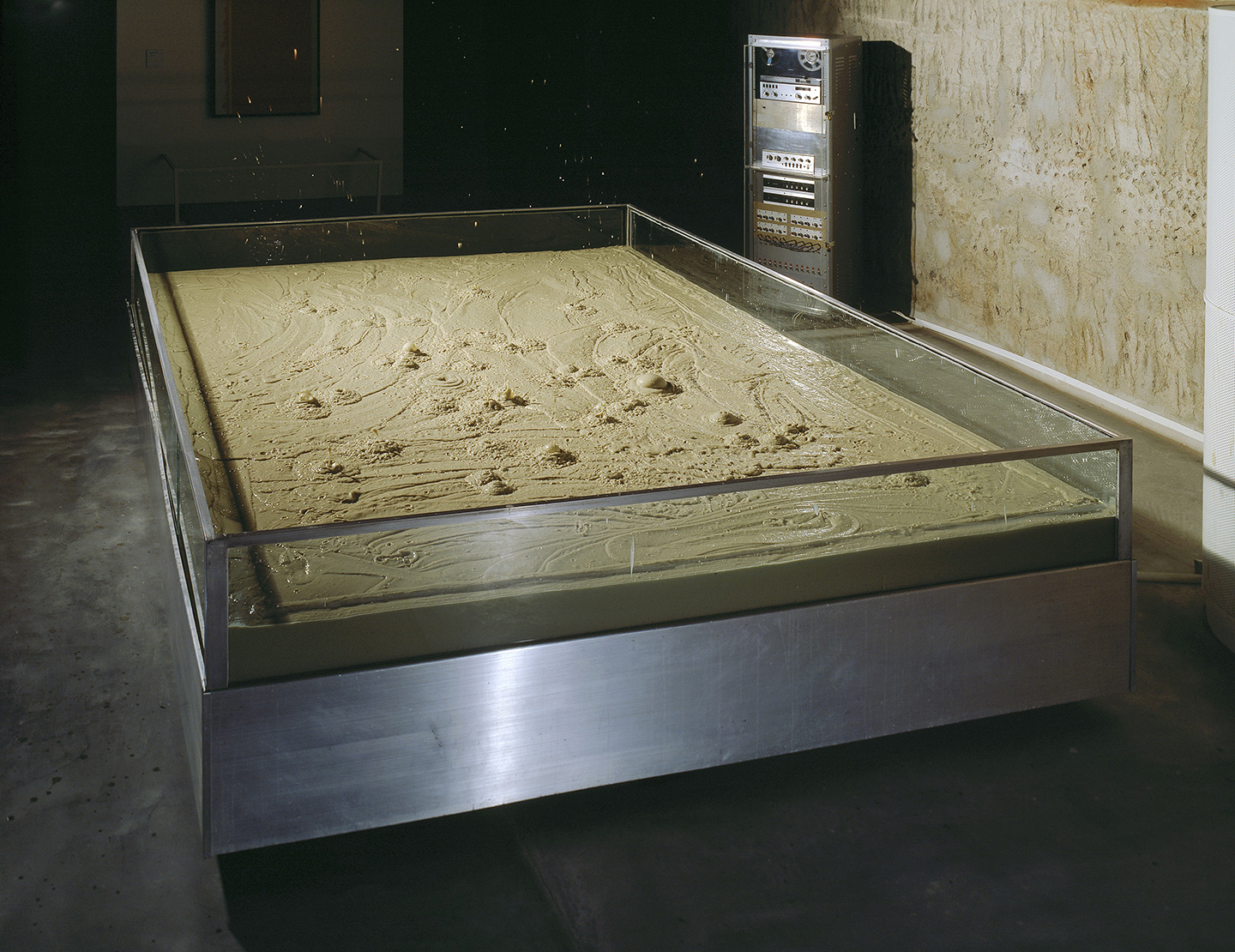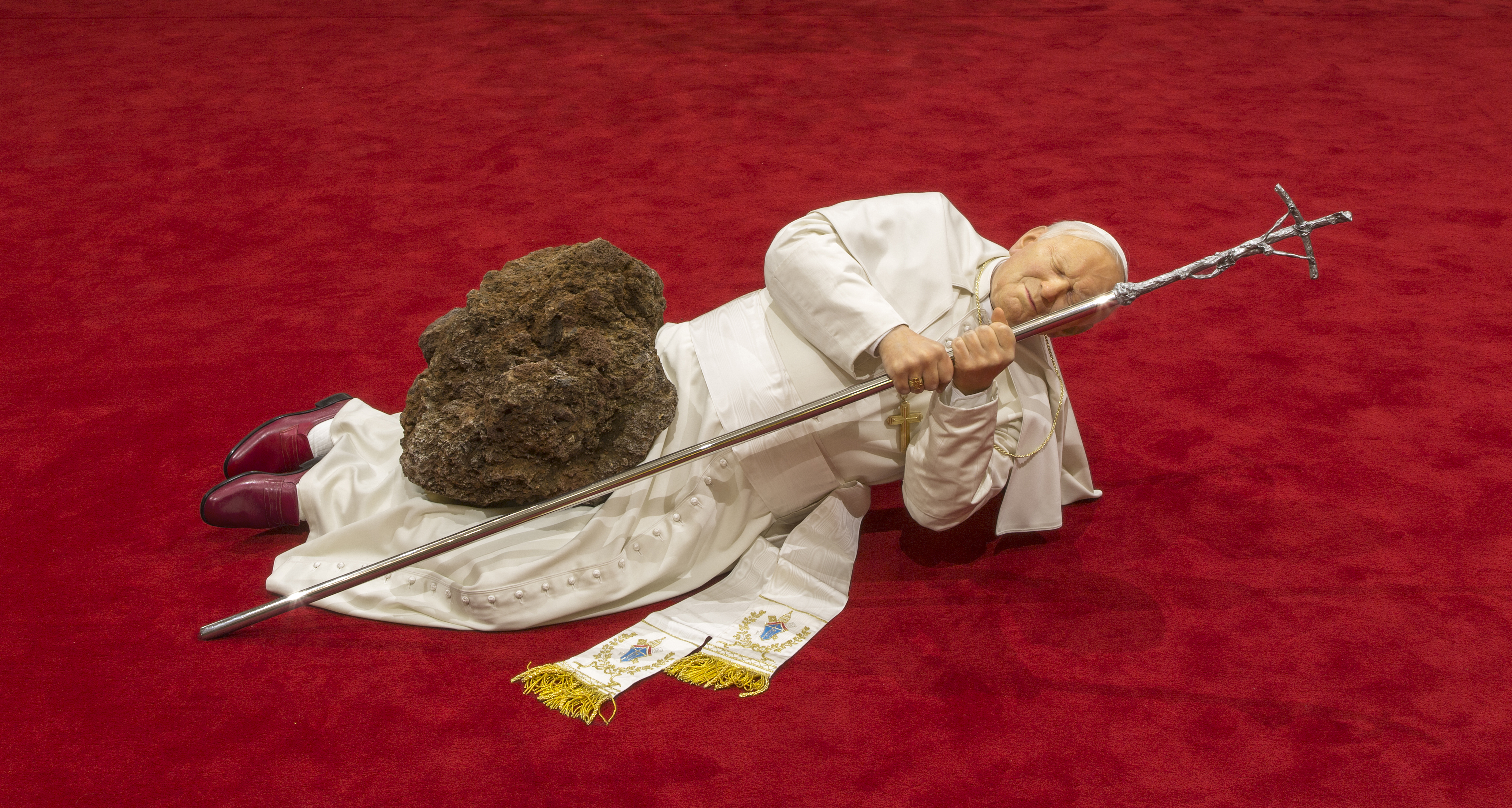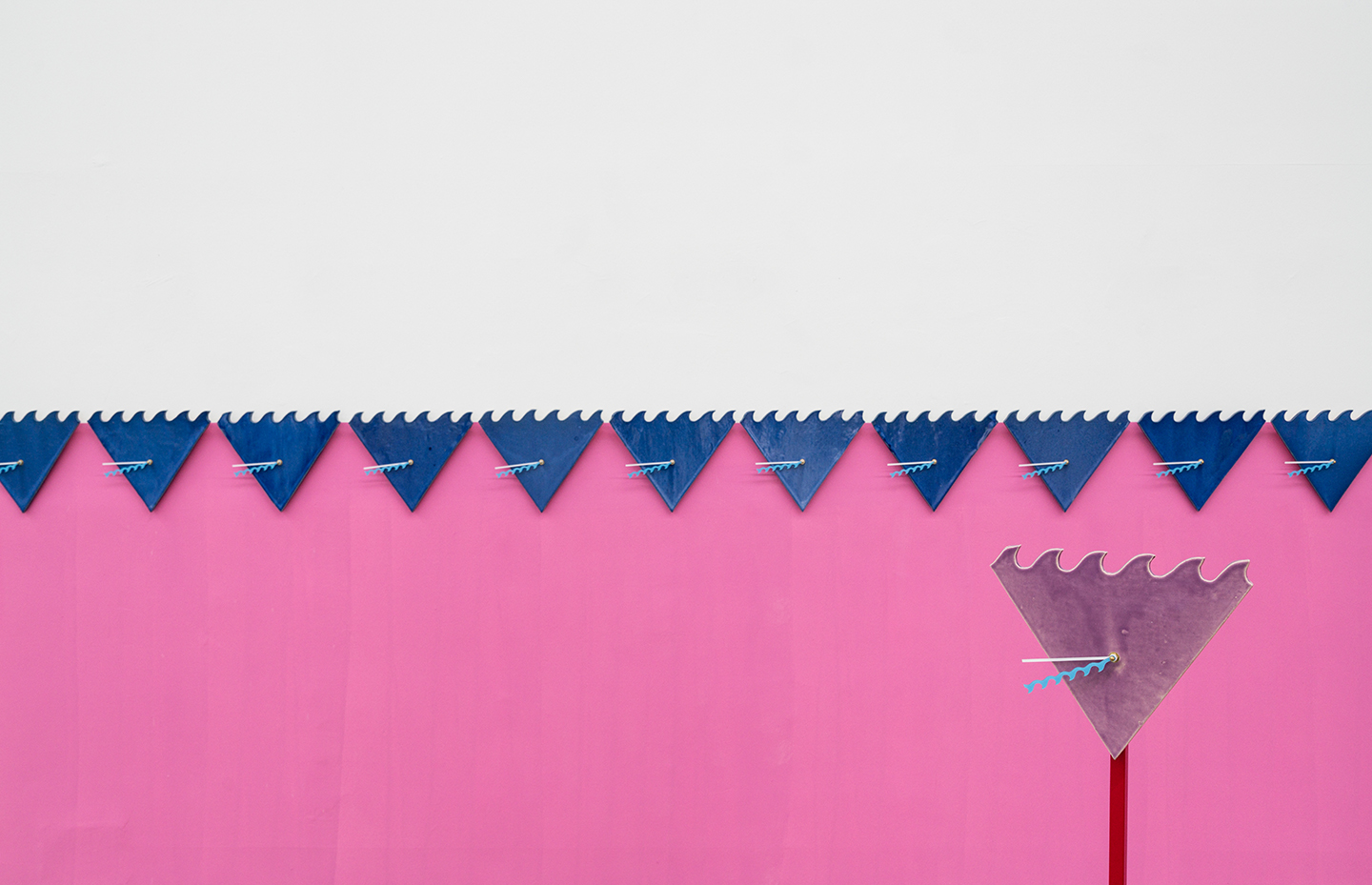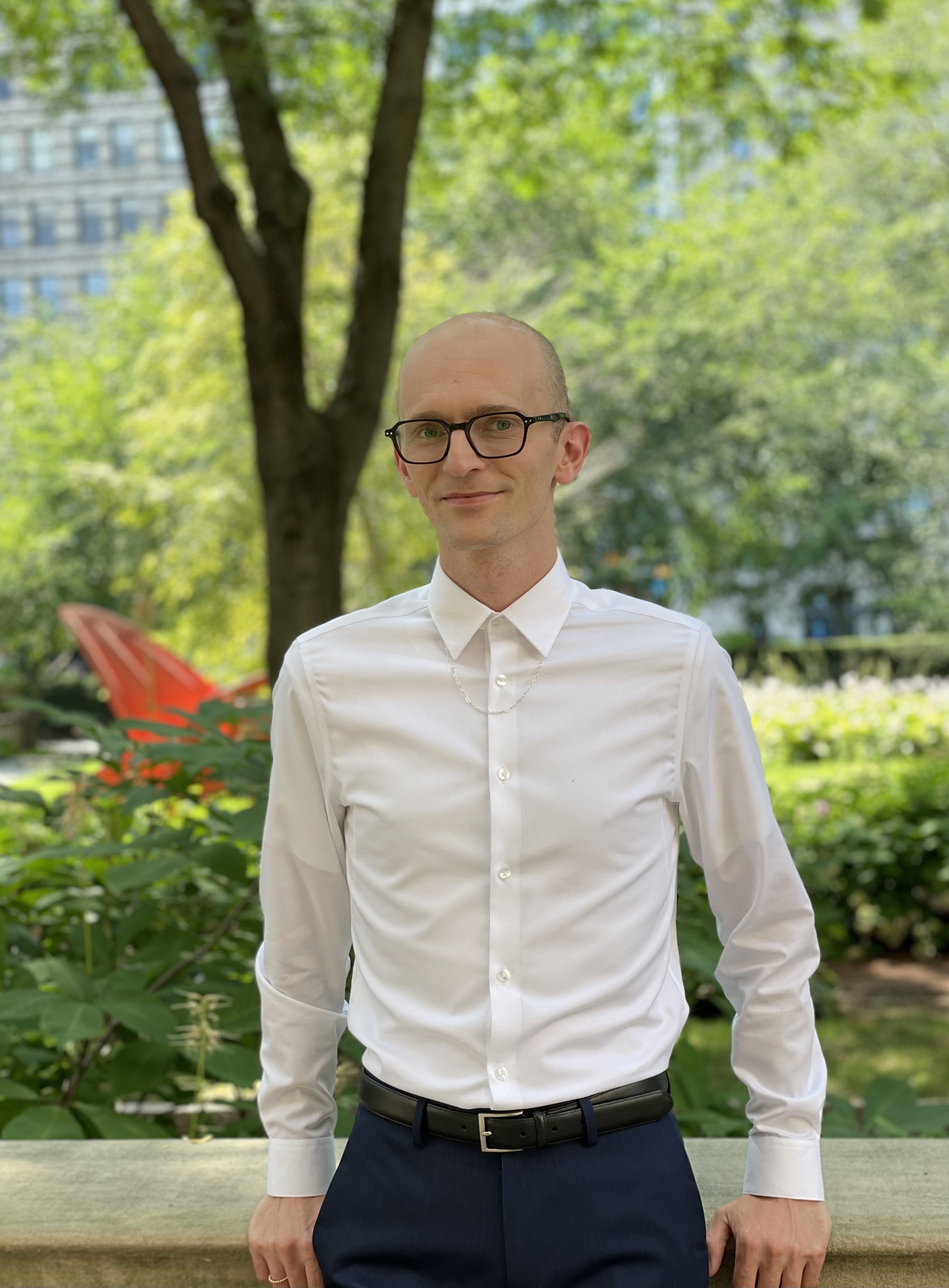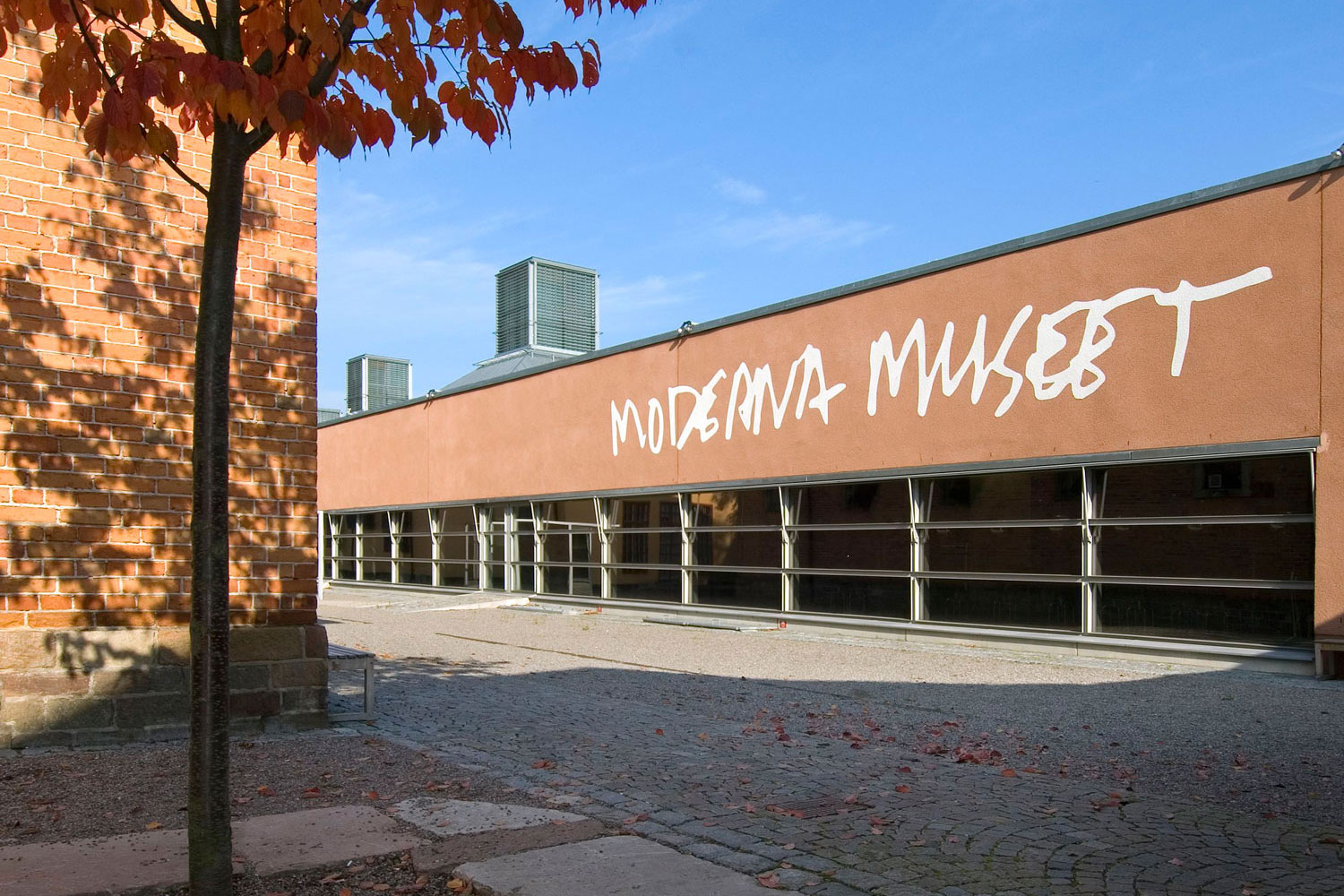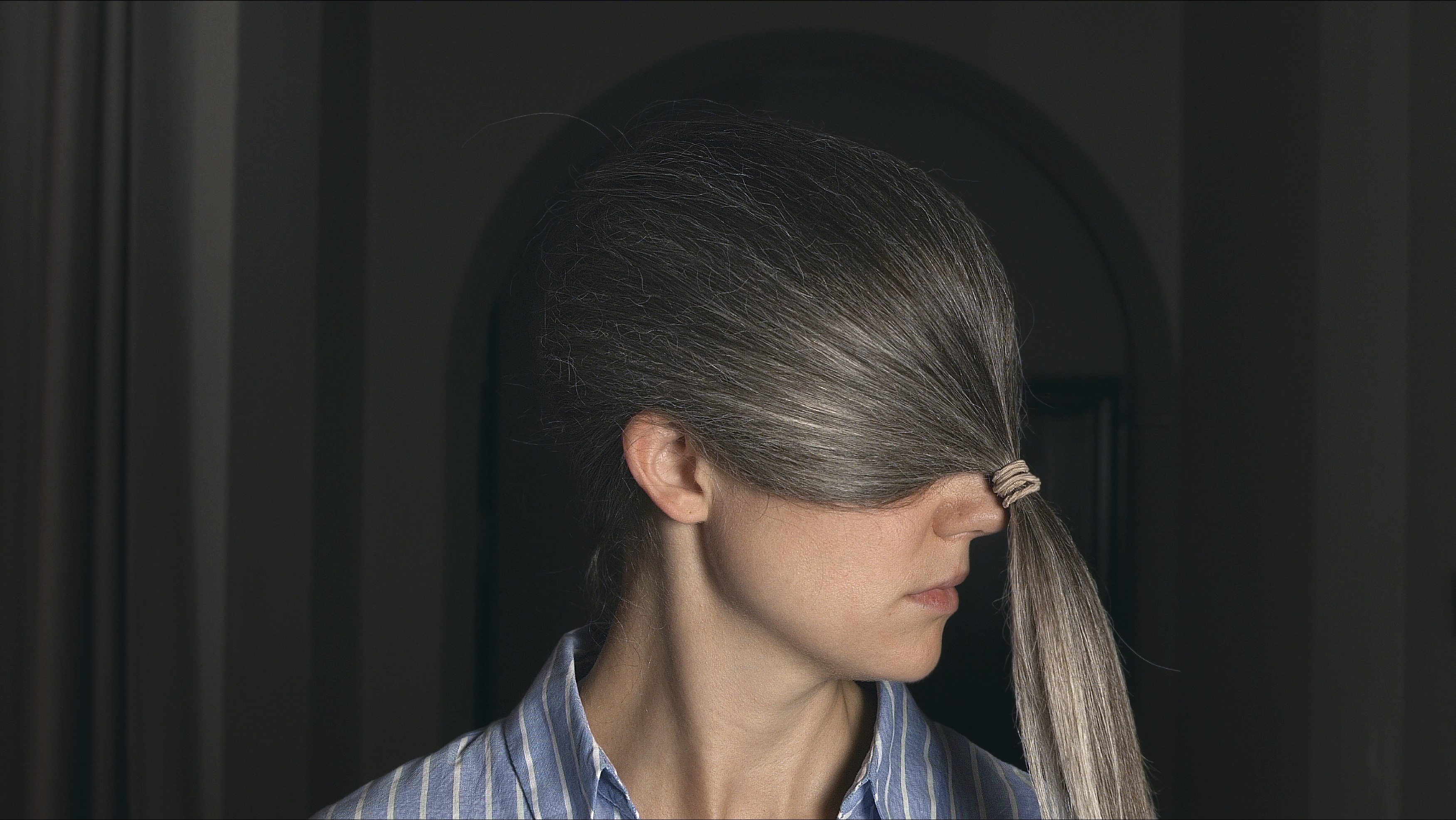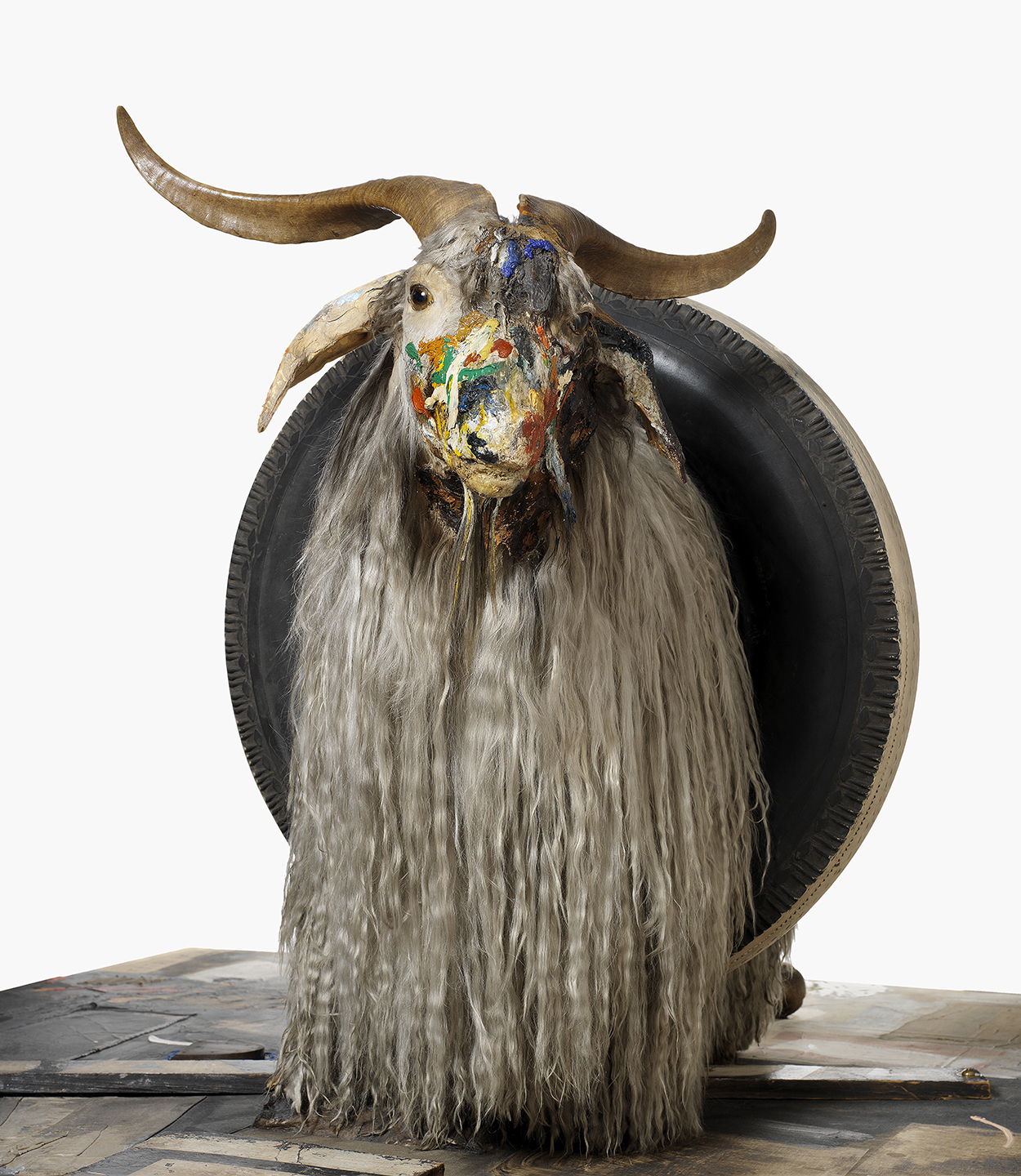An exhibition on art and technology
Exercisplan
Stockholm 11149
Sweden
Hours: Tuesday and Friday 10am–8pm
Wednesday–Thursday and Saturday–Sunday 10am–6pm
T +46 8 520 235 00
info@modernamuseet.se
Featuring historic works, new commissions, and artistic research and organisational initiatives from the late 1960s and onwards, the group show Mud Muses opens in October 2019 at Moderna Museet in Stockholm.
Eschewing socialised technological forms in our present, the exhibition locates emergence in the imagining-otherwise and learning-differently of artistic practices that view technology as immanent to art making. Tech is not a 20th century supplement to art’s ontology: its temporalities are non-linear and its histories run deep. As tacitly known by weavers, for instance, and by cultures that develop and employ technologies relationally as commons, we have always been post-technological.
While some artists build counter-histories against hierarchical and industrial framings, others play with cybernetic control or immerse themselves in systems at the civic scale of contemporary culture. Often, their practice is distributed in a multiplication of authorship, across agencies, knowledges and disciplines, and on new productive platforms. The technological author knows that other intelligences and bodies are present in her signature.
The dialectic of the Enlightenment into which progress and growth are inscribed lends technology a myth-like quality. According to cultural anthropologist Roy Wagner, what we call mythology is a discourse about the given: the primordial conditions from and against which something or someone will be defined or constructed; discourses that establish terms and limits of an ontological debt. In the anthropocene, it seems that only artificial intelligence and synthetic life offer imaginable ways out of the planetary ontological debt made by humans. In this way, the conviction that we can distance ourselves from technology as an object of substance continues to create transcendent loops around it: technology is evoked as a mover of human history, at the same time as it is seen to be in excess of history. It is both what indexes human lack and makes us more-than-human; what makes us contemporary subjects and what may allow us to surpass ourselves as such, and so on.
What if we begin, not with technology’s mythical transparency, but its opaque force? As much as with the hardware, with the fictions with which we narrate its relation to its users and to the material world? With how we are dreamt by it?
The exhibition takes its title from Robert Rauschenberg’s Mud-Muse (1968-1971), a work that turns our encounter with technology into a formless mess. Created in the Los Angeles County Museum of Art’s Art and Technology Program (1967-1971), Mud Muse is a performative sculpture in which sonic vibrations create movement in a large, open vat filled with synthetic sludge. The incoherent sounds that move the matter create “a continuous and random boiling eruption of different intensity at different locations.” With its indolent bubbling and symbolic collapse, Mud Muse makes so many holes in growth and progress, syntax and retention. Rauschenberg stressed the work’s lack of moral content (“there is no lesson there”) and the fact that it deals with “Pure waste…utilising a pretty sophisticated technology.”
Rauschenberg and his colleagues in Art and Technology, E.A.T., and other similar initiatives at the time, were accused of an alienation of art through submission to managerial culture and the military industry. In fact, Teledyne Corporation, which produced Mud Muse, was a US defence contractor at the time of the Vietnam War. When the work was first presented at Moderna Museet’s 1973 show of new acquisitions and donations, The New York Collection for Stockholm, left activists roundly dismissed the “New York modernism” and its “technocratic emptiness.” Their differences apart, both camps separated art and technology in their thinking: the techno-sceptics from the point of view of aesthetic and political autonomy, and the techno-utopianists because of art’s perceived need for an upgrade. The question of art’s relation to technology can no longer be unambiguously posed in terms of a meeting between the two—if it ever could. The un-lesson of Mud Muse’s Dadaistic cosmology is that technology is second nature, synthetically elemental.
Has something or somebody disappeared in Mud Muse’s animated porridge? Does a creative spirit hide down there, a goo-poiesis? Is it a substrate from which a new species—a Golem or a cybernetic slave—will rise? Will it acquire desire, appetite, speech, thought?
A series of pilot shows will be presented until the opening of Mud Muses. The first of these is now showing, with works by Hans Haacke, Charlotte Johannesson and Sture Johannesson.
The full list of artists will be announced next summer.
Mud Muses will be accompanied by the experimental publication project Are Friends Electric?, a collaboration between e-flux Architecture and Moderna Museet that was initiated by Nikolaus Hirsch and Daniel Birnbaum.
Mud Muses is curated by Lars Bang Larsen.

